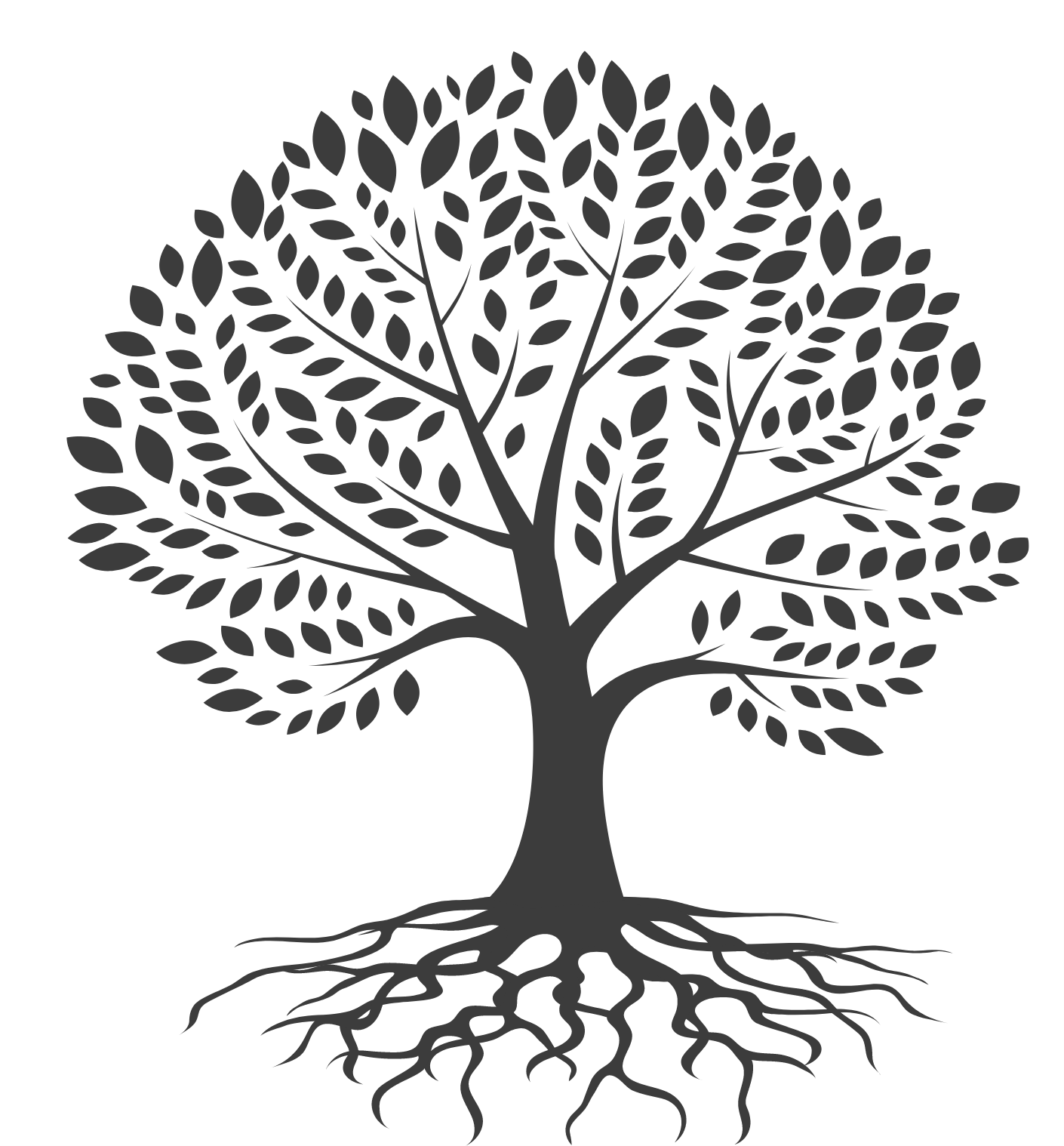Greetings, fellow genealogy enthusiasts and dedicated family historians,
In the exciting journey of genealogy and family research, getting organized is a crucial step. We've previously discussed the importance of interviewing family members and setting up your workspace. Now, it's time to delve into the heart of your research adventure: sorting and cataloging the treasure trove of information and documents you've gathered.
As a passionate family historian, writer, and blogger, this stage of the genealogy process is where the magic truly happens. It's a step that can make or break the success of your research, and it's a task that requires careful planning and meticulous attention to detail.

The Sorting Process: Unearth the Gems
Before diving into cataloging, you must first sort through your materials. It's like sifting through a box of jigsaw puzzle pieces, trying to find the ones that fit together perfectly to form a beautiful picture of your family's history. Here's how to get started:
1. Create Categories: Begin by sorting your documents into broad categories. These categories may include vital records, photographs, letters, and family narratives. This initial categorization makes it easier to manage your documents.
2. Document Your Sources: Don't forget to record where each piece of information came from. This is essential for future reference and ensuring the accuracy of your research.
3. Evaluate for Authenticity: Assess the credibility of your sources. Not all family stories and documents are equally reliable. Be prepared to verify and cross-reference information when necessary.
4. Consider Digitalization: In today's digital age, it's a good idea to digitize your documents. Scanning photographs and saving digital copies of documents can help preserve your family history for future generations.
Cataloging Your Family History: A Writer's Task
Now that you've sorted through your materials, it's time to catalog them effectively. This is where your skills as a writer and blogger come into play. Cataloging is like creating a comprehensive index for the story you're going to tell about your family's past. Here's how to do it:
1. Establish a System: Develop a consistent system for cataloging your materials. This system could be based on family lines, generations, or any other structure that makes sense for your research.
2. Use Descriptive Titles: When labeling documents, use descriptive titles that provide information at a glance. For example, instead of "Photo_001," use "Smith Family Reunion, 1960."
3. Include Date and Location: Always include the date and location when available. These details are essential for tracking your family's movements and understanding the context of the documents.
4. Add Notes and Descriptions: As a blogger, your writing skills will shine when you add informative notes and descriptions to your cataloged items. These notes can provide context and enrich the narrative of your family history.
Why Cataloging Matters: Your Opinion
Now, here's where your unique perspective as a genealogy enthusiast and writer comes into play. Cataloging isn't just about organization; it's about creating a bridge between the past and the present. It's about weaving a narrative that resonates with your readers. It's about uncovering the hidden stories within your family's history.
As you embark on this cataloging journey, keep in mind that your role is not just that of an archivist but also that of a storyteller. Your opinion and insights can add depth and character to the dry facts and documents. Don't hesitate to express your feelings, astonishment, or curiosity about the things you discover. Your personal touch will make your family history blog not only informative but also engaging and relatable.
In conclusion, sorting and cataloging your genealogy research is the cornerstone of your family history project. As a writer and blogger, you have the unique ability to turn these pieces of the puzzle into a captivating narrative that will not only enrich your own understanding of your family's past but also inspire and educate your readers. So, let's get those documents in order and start crafting the story of a lifetime!



Comments ()